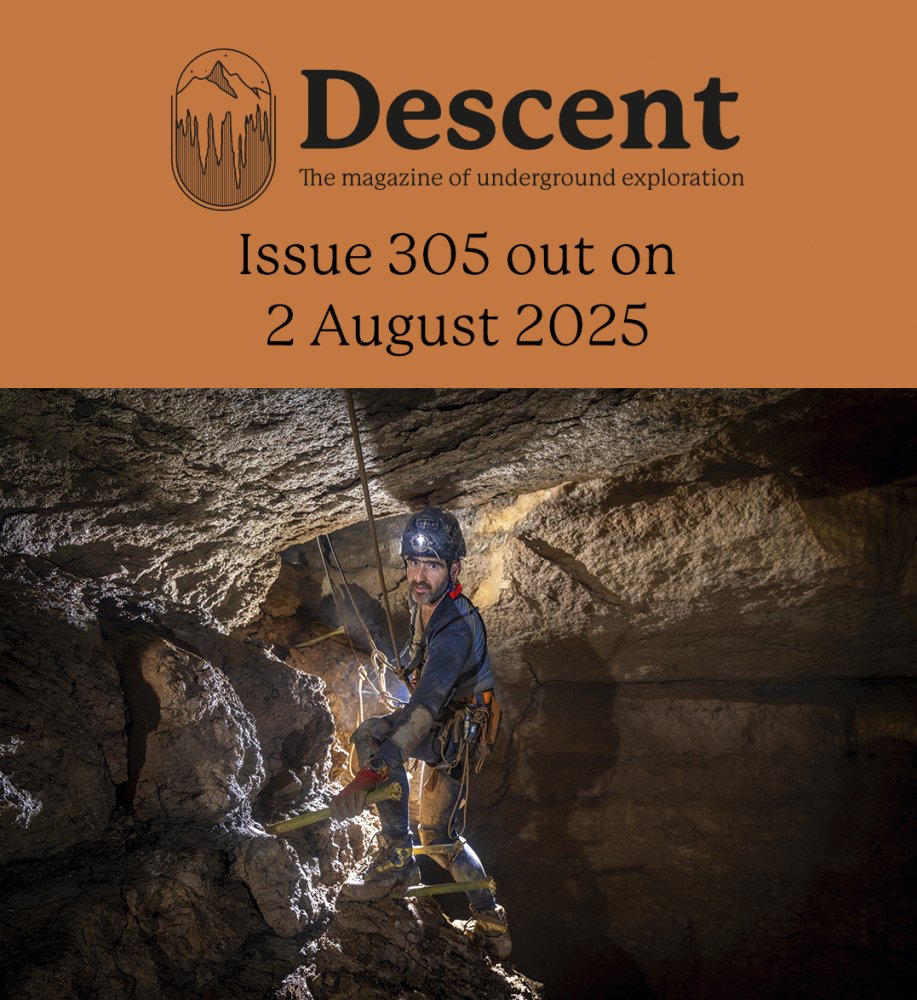There absolutely is a safety/governing body for gear and ropes, but it is the government itself over here. Shops/generally won't sell something as rope for climbing/caving that doesn't comply to the relevant EN standard. Same for helmets/connectors etc.
Now _as I understand it_ (which is quite possibly wrong) you can still stuff that doesn't comply with the EN standards but not _for_ the purposes for which an EN standard exists that it doesn't meet. So you can sell a hyperstatic 6mm accessory cord that doesn't comply with any of the single/half/double rope standards, but you can't sell it as 'climbing rope' without significant caveats that take it outside of the EN standard area. Any shop trying to sell non-CE carabiners as 'accessory carabiners' (with finger quotes) because they are a few grams lighter but only 18kN (or whatever) is opening up a whole can of worms they won't want to get involved with.
What is true is that caving _itself_ doesn't doesn't have any real governing bodies etc. (although the UIAA exists, and has a significant impact).
I realise that might be a _bit_ of a semantic argument, but the resultant difference is significant when you compare the kinds of ropes commonly used in the US and the UK.



